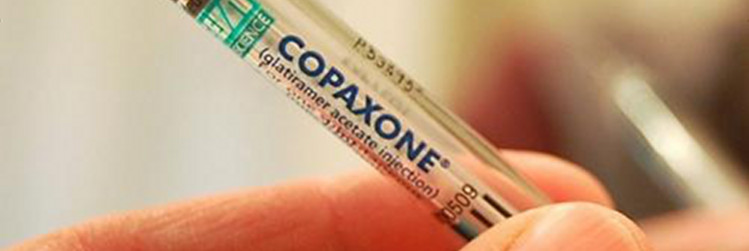
Data suggest that MAVENCLAD™ (Cladribine Tablets) selectively and discontinuously reduces B and T lymphocytes, with lymphocyte counts returning to normal range before the end of Year 2
The lymphocyte data presented at EAN Congress are consistent with other clinical safety presentations of MAVENCLAD™ (Cladribine Tablets) at the congress
Merck announced the presentation of safety and efficacy data on MAVENCLAD™ (Cladribine Tablets) for the treatment of relapsing MS at the 3rd Congress of the European Association of Neurology (EAN), in Amsterdam, the Netherlands.
Data from the placebo-controlled CLARITY, CLARITY Extension and ORACLE-MS clinical trials support the benefit:risk profile of Cladribine Tablets that have prompted an application for marketing authorisation in the EU, and the recent positive opinion from the Committee for Medicinal Products for Human Use (CHMP).
In these studies, Cladribine Tablets was administered as two annual treatment courses in Years 1 and 2, with a total maximum of 20 days of oral treatment equal to a dose of 3.5 mg/kg body weight, followed by no further active treatment in Years 3 and 4.
“These data presented at EAN Congress 2017 bring the MS treating community closer to understanding the mechanism of action of Cladribine Tablets,” said Professor Per Soelberg Sørensen, presenting author and Head of MS Research Unit, Danish Multiple Sclerosis Centre. “These data support the emerging theories around the ability of some agents to selectively ‘reset’ the immune system without the secondary autoimmunity that we sometimes see with treatments for relapsing MS. This would represent a significant advance in the field.”
About MAVENCLAD™ (Cladribine Tablets)
Cladribine Tablets is a short-course oral therapy that is believed to selectively and periodically target lymphocytes thought to be integral to the pathological process of MS. Cladribine Tablets is currently under clinical investigation and not yet approved for the treatment for any use in the United States, Canada and Europe. On 23 June, the Committee for Medicinal Products for Human Use (CHMP) granted a positive opinion on the use of Cladribine Tablets for highly active relapsing MS, and this recommendation has been passed on to the EC to make the final decision on the Marketing Authorization Application (MAA) later this year.
The clinical development program for Cladribine Tablets includes:
- The CLARITY (CLAdRIbine Tablets Treating MS OrallY) study: a two-year Phase III placebo-controlled study designed to evaluate the efficacy and safety of MAVENCLAD as a monotherapy in patients with RRMS.
- The CLARITY extension study: a four-year Phase III placebo-controlled study following on from the CLARITY study, designed to evaluate the safety and efficacy of MAVENCLAD over an extended administration for four years.
- CLARITY (CLAdRIbine Tablets Treating MS OrallY) study and its extension: a two-year Phase III placebo-controlled study designed to evaluate the efficacy and safety of Cladribine Tablets as a monotherapy in patients with RRMS and its two-year extension designed to provide data on the long-term safety and efficacy of extended administration of Cladribine Tablets for up to four years.
- ORACLE MS (ORAl CLadribine in Early MS) study: a two-year Phase III placebo-controlled study designed to evaluate the efficacy and safety of Cladribine Tablets as a monotherapy in patients at risk of developing MS (patients who have experienced a first clinical event suggestive of MS).
- ONWARD (Oral Cladribine Added ON To Interferon beta-1a in Patients with Active Relapsing Disease) study: a Phase II placebo-controlled study designed primarily to evaluate the safety and tolerability of adding Cladribine Tablets treatment to patients with relapsing forms of MS, who have experienced breakthrough disease while on established interferon-beta therapy.
- PREMIERE (Prospective Observational Long-term Safety Registry of Multiple Sclerosis Patients Who Have Participated in Cladribine Clinical Studies) study: interim long-term follow-up data from the prospective registry, PREMIERE, to evaluate the safety and efficacy of Cladribine Tablets. The follow-up will consist of over 10,000 patient years of exposure in total, with follow-up in some patients exceeding eight years at completion.








